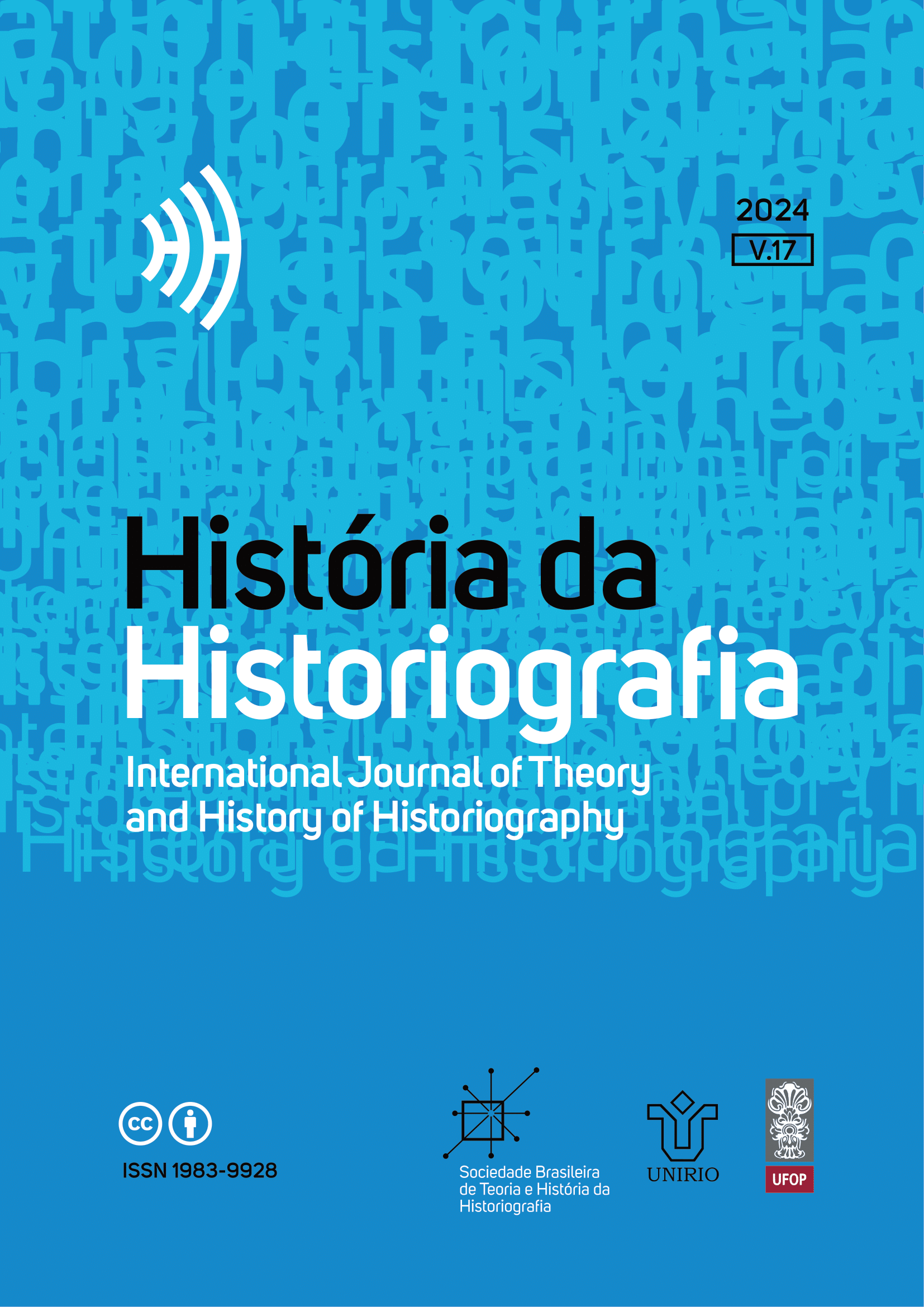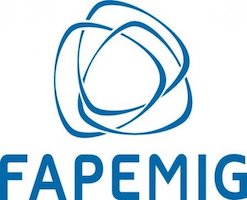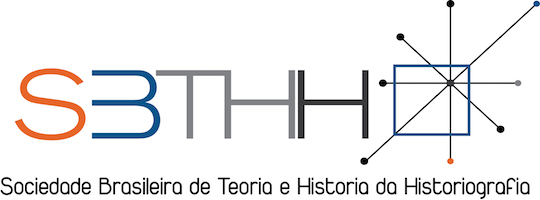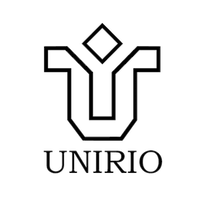The Writing of the Absent
Crossings-out, Veils, Stains, and Holes in Contemporary Mexican Documentary Fiction Literature
DOI:
https://doi.org/10.15848/hh.v17.2145Keywords:
Historical event, Poetry, DocumentAbstract
The aim of this work is to analyze Mexican works published in the 21st century that deal with the theme of disappearance — of both historical events and people, objects, ideas or experiences—, making use of different types of crossings-out, veils, and textual marks. These works, which can be included within the genre of documentary fiction (Rivera Garza, 2019), invite reflection on the relationship between the exterior and interior of a text; between reality and fiction. Starting from an approach to these latter two concepts, the different types of crossings-out that appear in the works, their functions and meanings will be studied, within the framework of the ideas outlined by Chirinos (1998), Rivera-Rodas (2001), Fabre (2005), and Ballester and Higashi (2017). It is proposed that these textual marks are a way
of speaking about emptiness through emptiness itself, which is incorporated into the texts, creating a contrast between the literary and the non-literary —real or historical —.
Downloads
References
ALBERCA, Manuel. El pacto ambiguo: de la novela autobiográfica a la autoficción. Madrid: Biblioteca Nueva, 2007.
ARANA, Gerardo. Met Zodiaco: [Copy & Hack]. México: Radiador Magazine, 2012.
ARANA, Gerardo. La máquina de hacer pájaros & Bulgaria Mexicalli. México: Herring Publishers, 2008.
BALLESTER, Ignacio; HIGASHI, Alejandro. Tachaduras y borraduras en la poesía mexicana contemporánea (Albarrán, Herbert, Alcantar). Signos Literarios, México, v. XIII, n. 25, p. 8-43, 2017.
BENJAMIN, Walter. Sobre el concepto de historia. In: BENJAMIN, Walter. Obras completas II/2. Traducción de Juan Barja de Quiroga. Madrid: Abada, 2005, p. 303-318.
BAUMAN, Zygmunt. Modernidad líquida. Traducción de Mirta Rosenberg. Buenos Aires: FCE, 2003.
BAUDRILLARD, Jean. Cultura y simulacro. Traducción de Antonio Vicens. Barcelona: Kairós, 2005.
CHILLÓN, Albert. La palabra facticia: literatura, periodismo y comunicación. Barcelona: Universidad Autónoma de Barcelona, 2014.
CHIRINOS, Eduardo. La morada del silencio. México: FCE, 1998.
DÍAZ CASTELO, Elisa. Principia. México: Tierra Adentro, 2018.
FABRE, Luis Felipe. Leyendo agujeros: ensayo sobre (des)escritura, antiescritura y no escritura. México: Conaculta, 2005.
FLORES SÁNCHEZ, Rodrigo. Tianguis. México: Almadía, 2013.
GARCÍA, Esther M. Sicarii. México: Acequia Mayor, 2014.
KFGC. No use las manos. México: Amarillo Editores, 2011.
LEBRAVE, Jean-Louis. La escritura interrumpida: algunos problemas teóricos. In: PLATERO, Pastor (org.). Genética textual.Traducción de Pastor Platero. Madrid: Arco Libros, 2008, p. 181-230.
LIPOVETSKY, Gilles. El imperio de lo efímero. Traducción de Felipe Hernández. Barcelona: Anagrama, 1990.
LIPOVETSKY, Gilles. La era del vacío: ensayos sobre el individualismo contemporáneo. Traducción de Joan Vinyoli; Michèle Pendanx. Barcelona: Anagrama, 1986.
LUDMER, Josefina. Literaturas postautónomas. Ciberletras, núm. 17, 2007. Disponible en: bit.ly/43ORzvq. Consultado el: 6 de junio. 2023.
MARAVALL, José Antonio. La cultura del barroco. Barcelona: Ariel, 1990.
MORENO, Vicent. Litane de Alejandro Tarrab. Latin American Literature Today (LALT), enero de 2018. Disponible en http://bit.ly/3qjuqDK. Consultado el: 14 de junio. 2023.
PLASCENCIA ÑOL, León. El lenguaje privado. México: filodecaballos, 2014.
RIVERA GARZA, Cristina. Los usos del archivo: de la novela histórica a la escritura documental. In: RIVERA GARZA, Cristina.Los muertos indóciles: necroescrituras y desapropiación. México: Penguin Random House, 2019, p. 117-142.
RIVERA GARZA, Cristina. La muerte me da. México: Bonobos Poesía, 2007.
RIVERA-RODAS, Óscar. La modernidad y la retórica del silenciarse. México: Universidad Veracruzana, 2001.
SEFAMÍ, Jacobo. Prólogo. In: TARRAB, Alejandro . Litane. Phoenix: Cardboard House Press, 2017.
TARRAB, Alejandro. Degenerativa. México: Bonobos, 2010.
TARRAB, Alejandro. Litane. México: Bonobos-Conaculta, 2009.
TSCHILSCHKE, Christian; SCHMELZER, Dagmar (org.). Docuficción: enlaces entre ficción y no ficción en la cultura española actual. Madrid-Frankfurt: Iberoamericana-Verveurt, 2010.
VATTIMO, Gianni. La sociedad transparente. Traducción de Teresa Oñate. Barcelona: Paidós, 1990.
VIRILIO, Paul. Estética de la desaparición. Traducción de Noni Benegas. Barcelona: Anagrama, 1998.
Downloads
Published
How to Cite
Issue
Section
License
Copyright (c) 2024 María Ema Llorente

This work is licensed under a Creative Commons Attribution 4.0 International License.
Authors hold the copyrights to the manuscripts submitted. História da Historiografia: International Journal for Theory and History of Historiography is authorized to publish the aforementioned text. Authors are solely responsible for data, concepts and opinions presented in the papers, along with the accuracy of document and bibliographical references.

This work is licensed under a Creative Commons Attribution 4.0 International License.


















